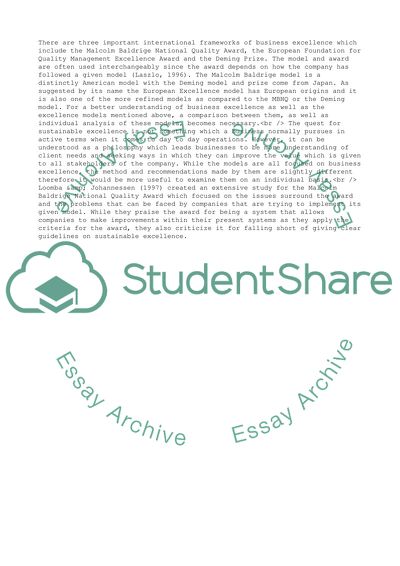Cite this document
(Business Excellence, Quest for Sustainable Excellence Coursework, n.d.)
Business Excellence, Quest for Sustainable Excellence Coursework. Retrieved from https://studentshare.org/business/1708077-business-excellence
Business Excellence, Quest for Sustainable Excellence Coursework. Retrieved from https://studentshare.org/business/1708077-business-excellence
(Business Excellence, Quest for Sustainable Excellence Coursework)
Business Excellence, Quest for Sustainable Excellence Coursework. https://studentshare.org/business/1708077-business-excellence.
Business Excellence, Quest for Sustainable Excellence Coursework. https://studentshare.org/business/1708077-business-excellence.
“Business Excellence, Quest for Sustainable Excellence Coursework”, n.d. https://studentshare.org/business/1708077-business-excellence.


